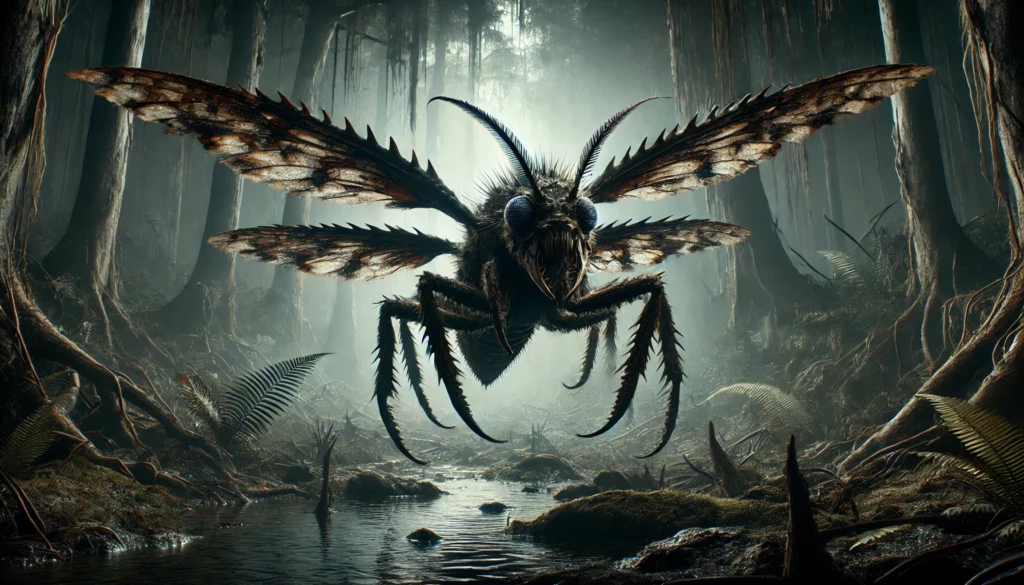Imagine a world where a creature the size of a grain of rice can hijack the body and willpower of an animal ten times its size. It sounds like something straight out of a horror movie, but this chilling scenario plays out in the real world every day, thanks to one of nature’s most cunning manipulators: the emerald jewel wasp. With surgical precision and mind-bending tactics, this tiny insect transforms an unsuspecting cockroach into a living, breathing zombie, a puppet to the wasp’s reproductive needs. Prepare to be amazed, unsettled, and utterly fascinated by the astonishing tale of how a tiny wasp becomes the ultimate puppet master.
The Emerald Jewel Wasp: A Master of Biological Manipulation
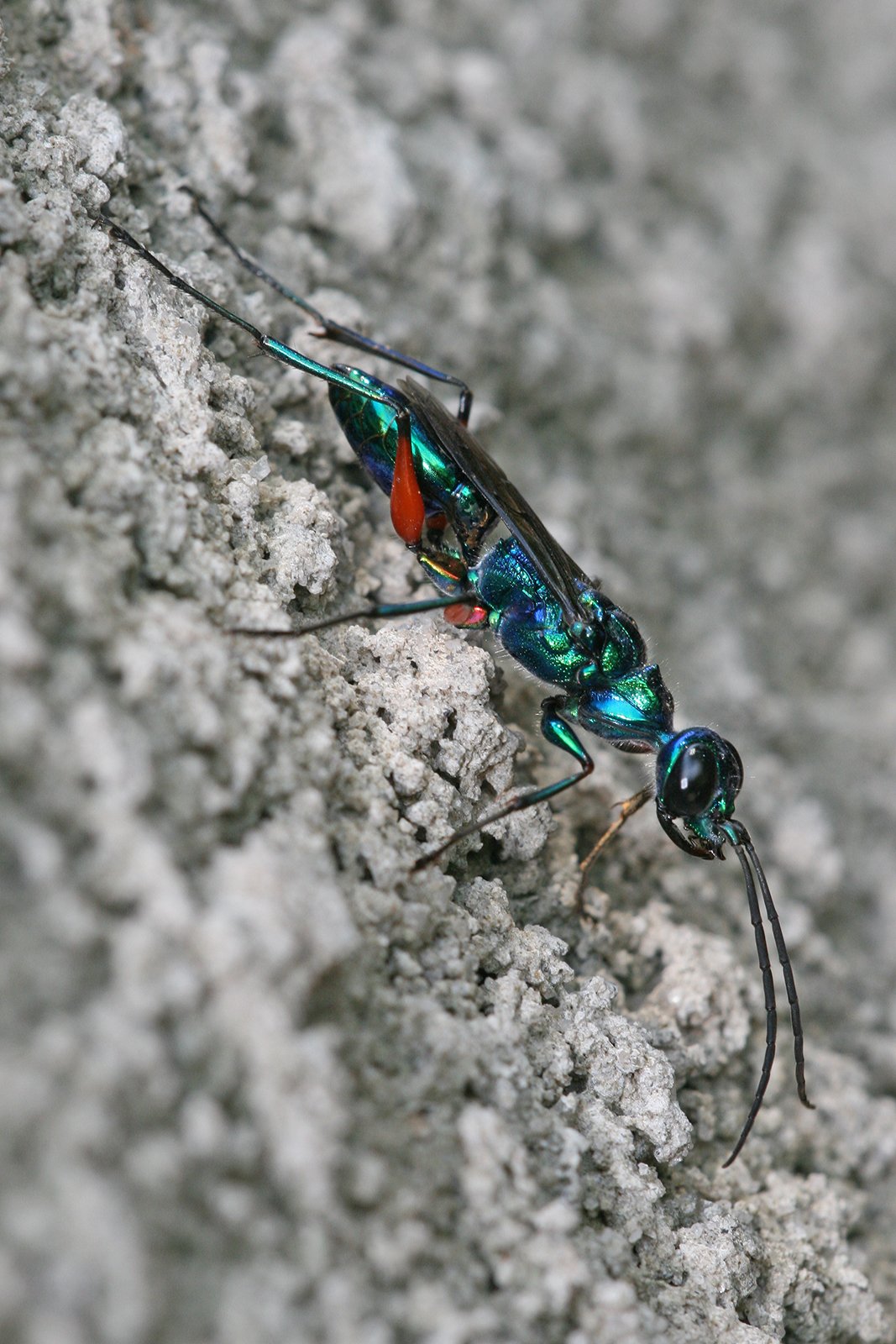
The emerald jewel wasp, also known as Ampulex compressa, is a shimmering insect that barely reaches two centimeters in length. Don’t let its delicate appearance fool you—this wasp is a ruthless strategist. Found in tropical regions from Africa to Southeast Asia, it specializes in using cockroaches as living nurseries for its offspring. The wasp’s metallic green body glimmers like a precious gem, but behind that beauty lies a mind-control technique that would make any science fiction villain envious. It has evolved over thousands of years to perfect its bizarre and gruesome way of survival, making it a marvel of adaptation and ingenuity.
The First Encounter: Wasp Versus Cockroach

When the wasp hunts, it targets adult cockroaches, which are far larger and seemingly tougher than itself. The encounter is intense and fast-paced; the wasp circles its prey with calculated movements, looking for the perfect moment to strike. Once it finds an opening, the wasp lunges and grabs the cockroach by the thorax. This is not a random attack—it’s the beginning of a highly orchestrated process. The cockroach tries to escape, but the wasp’s grip is relentless. The stage is set for one of nature’s most bizarre forms of mind control.
Precision Stings: The Neurosurgical Attack

With surgeon-like skill, the wasp delivers two precise stings to its victim. The first sting is aimed at the thoracic ganglion, temporarily paralyzing the cockroach’s front legs and rendering it helpless for a few minutes. But it’s the second sting that is truly extraordinary. The wasp injects venom directly into the cockroach’s brain, specifically targeting regions responsible for movement and motivation. This venom doesn’t kill; instead, it rewires the cockroach’s behavior, stripping it of its will to escape. The wasp’s sting is so precise that scientists have compared it to a neurosurgeon performing targeted brain surgery—an incredible feat for such a tiny creature.
The Zombie Effect: How Venom Hijacks the Mind
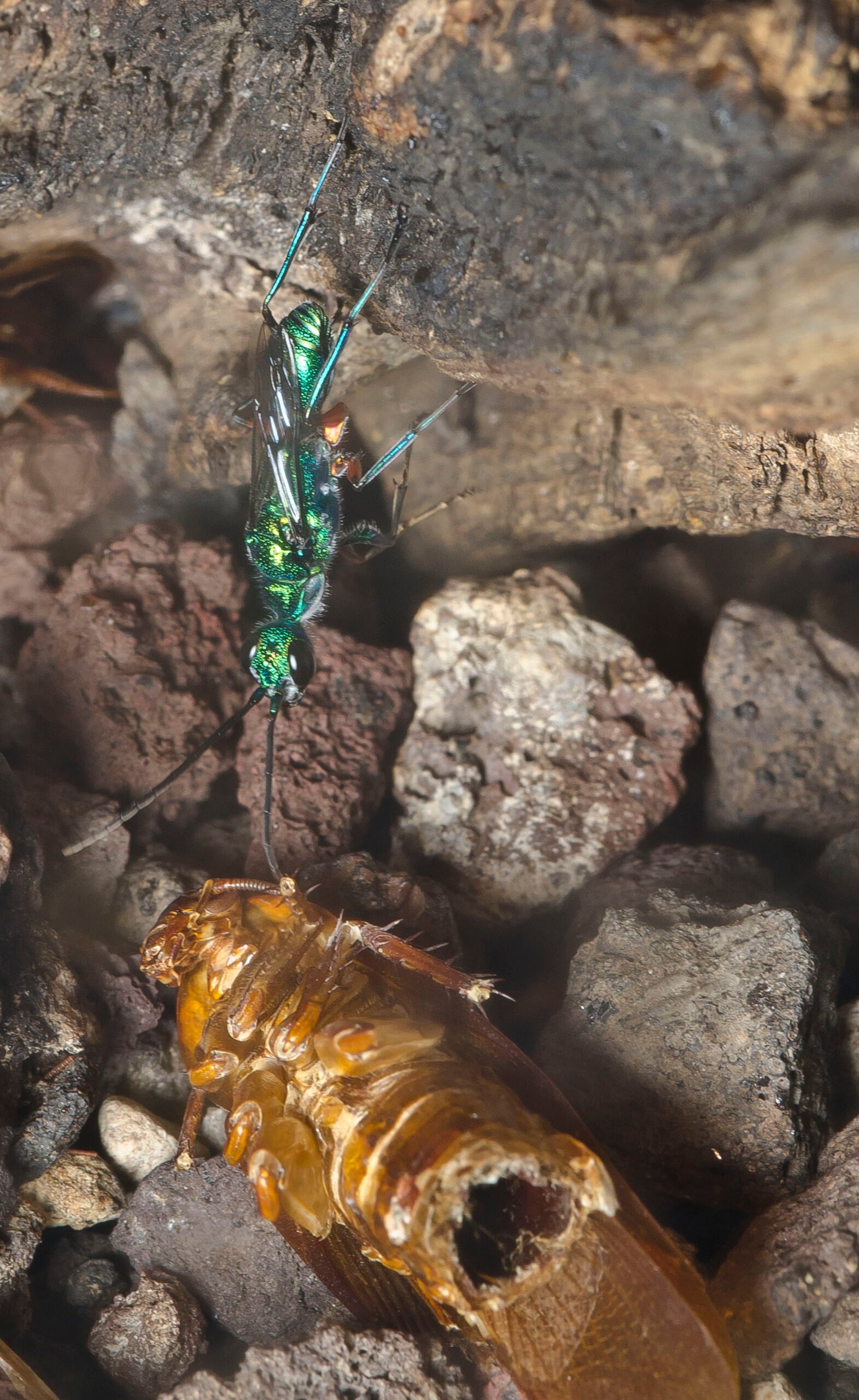
Once the venom takes hold, the cockroach is left in a trance-like state. It can move, but it doesn’t run or struggle as it normally would. The wasp now has complete control over its victim, leading it by the antennae like a dog on a leash. Researchers have discovered that the venom disables the cockroach’s escape reflex, essentially turning it into a passive zombie. The cockroach is still alive and aware, but its free will is gone. It’s a breathtaking, if disturbing, example of how chemicals can alter brain function and behavior.
Leading the Living Dead: The Wasp’s Next Move
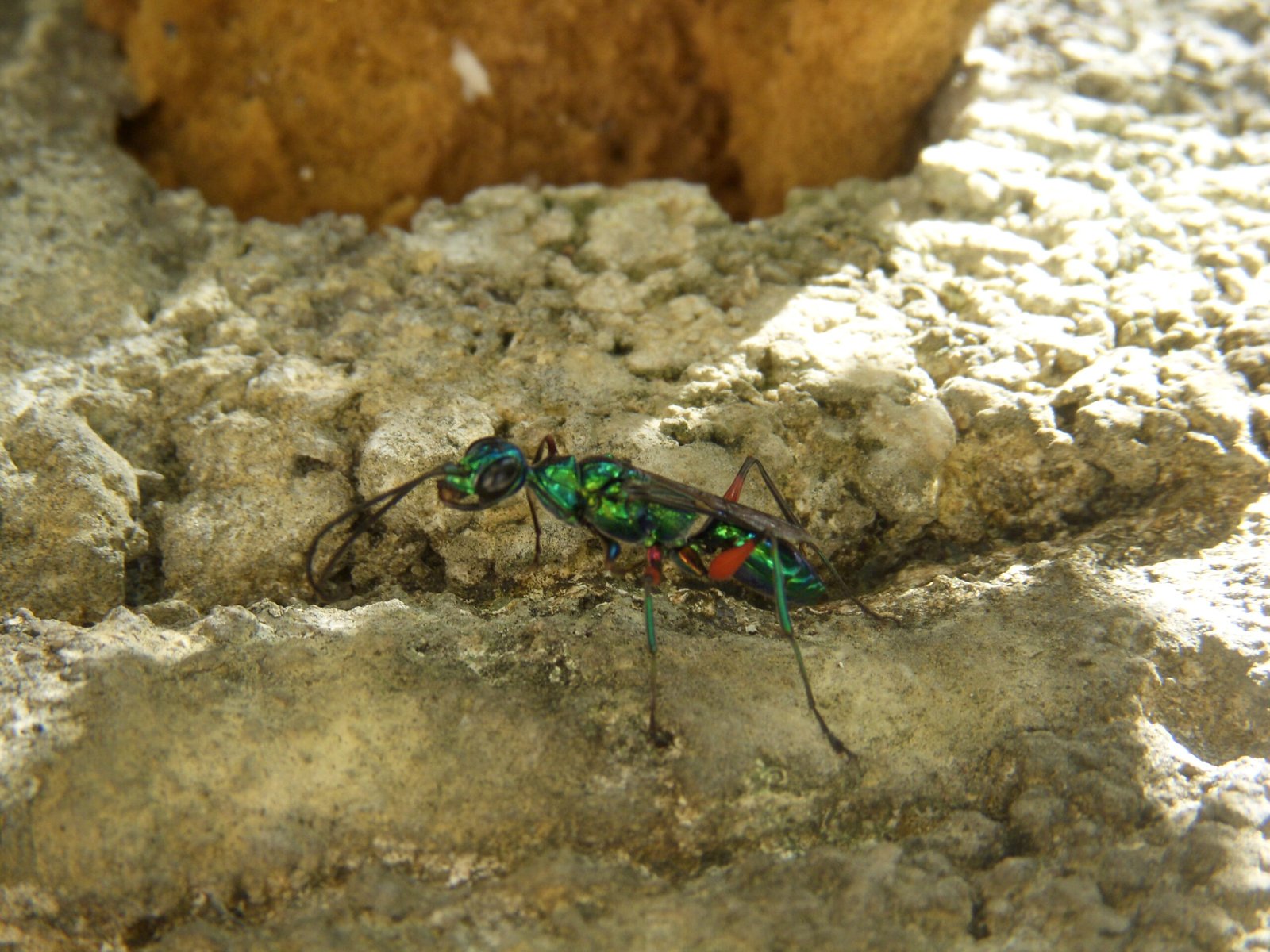
With its victim subdued, the wasp grabs the cockroach’s antennae and begins to guide it—almost tenderly—toward a pre-selected burrow. It’s a surreal procession: a tiny wasp leading a much larger cockroach as if it were hypnotized. The cockroach follows without resistance, unable to break free from its invisible shackles. Witnessing this in the wild is both mesmerizing and unsettling, as the wasp’s control seems absolute. This step is crucial to the survival of the wasp’s offspring, and the cockroach’s fate is now sealed.
A Living Nursery: The Final Act of Manipulation
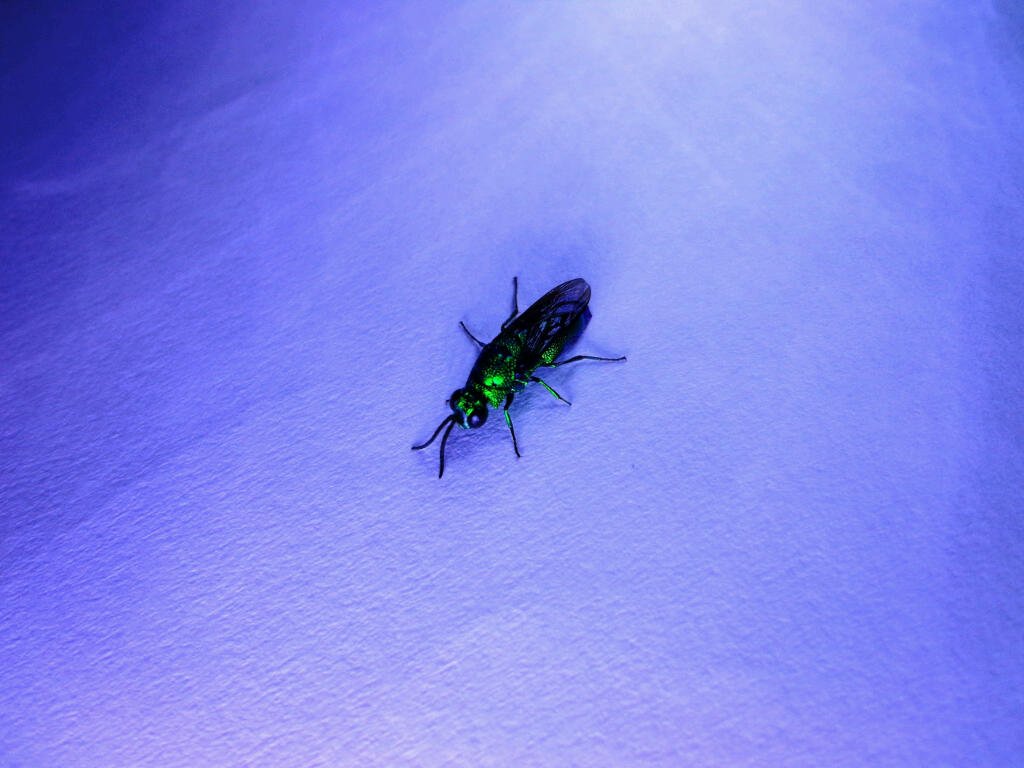
Inside the burrow, the wasp continues its eerie ritual. It lays a single, pearly-white egg on the cockroach’s abdomen. Then, it seals the burrow with debris, ensuring the roach cannot escape or attract predators. The cockroach, still alive but utterly passive, becomes an unwitting host for the wasp’s developing larva. This is no ordinary nursery—it’s a carefully constructed prison, designed to keep the cockroach alive just long enough for the wasp’s offspring to thrive. The level of planning and execution is nothing short of astonishing.
The Larva’s Grim Feast: Survival at its Strangest

After a few days, the wasp’s egg hatches into a hungry larva. The larva burrows into the cockroach’s body, feeding on its internal organs in a very particular order. It avoids vital organs at first, ensuring that the cockroach stays alive and fresh for as long as possible. This gruesome efficiency is evolution at its finest—the larva consumes its host from the inside out, prolonging the cockroach’s life until the very last moment. Eventually, the larva forms a cocoon inside the hollowed-out shell, emerging weeks later as a fully developed wasp.
The Science Behind the Venom: Unlocking Nature’s Secrets
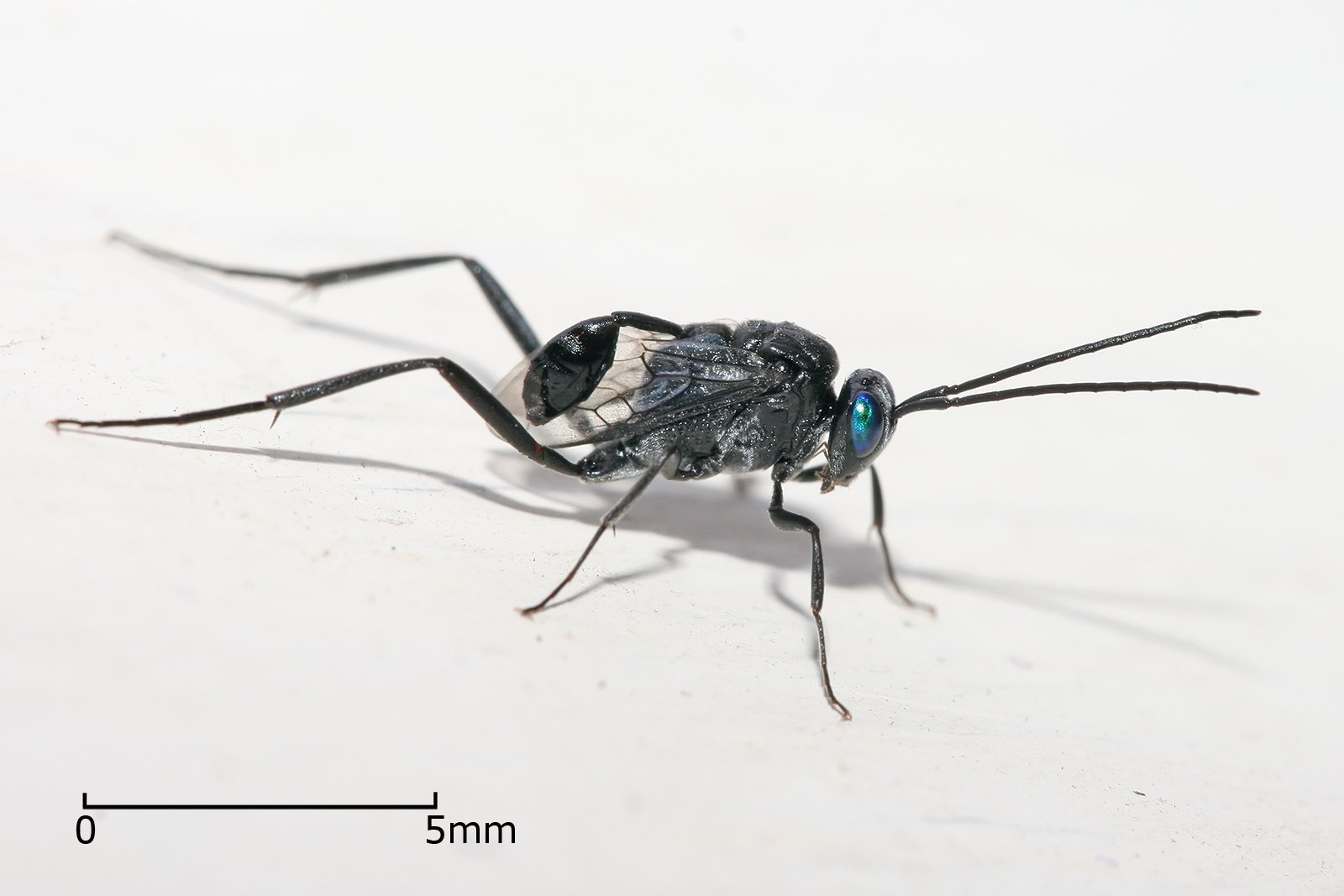
Scientists have been fascinated by the jewel wasp’s venom for decades. Recent research has uncovered that the venom contains a cocktail of chemicals that specifically target neurotransmitters in the cockroach’s brain. By blocking the pathways that trigger escape behavior, the venom effectively turns off the insect’s “fight or flight” response. This discovery is not only shocking, but also opens up potential avenues for studying brain chemistry and the treatment of certain neurological disorders in humans. The jewel wasp has become a living laboratory, providing clues to how brains can be manipulated at the molecular level.
Evolution’s Dark Genius: Why This Strategy Works
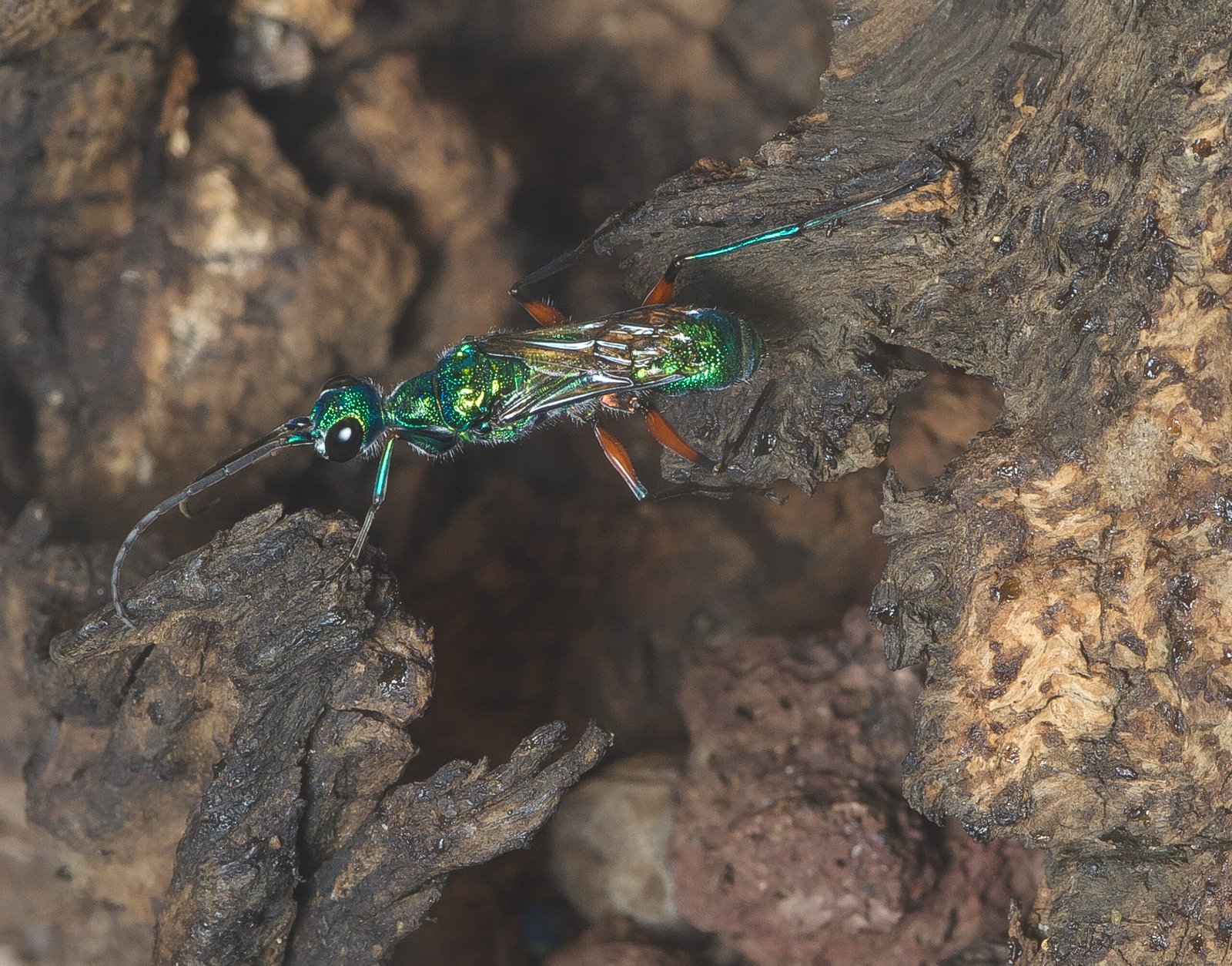
It’s almost unbelievable to think that such a complex and effective strategy evolved naturally. Over millions of generations, the jewel wasp’s behavior has been honed to perfection. Each element—from the precision stings to the manipulation of the cockroach’s brain—has been selected for its effectiveness in ensuring the survival of the wasp’s young. This story is a powerful reminder of evolution’s capacity for innovation—even when that innovation is unsettling or gruesome. Nature doesn’t abide by our sense of morality; it simply selects what works.
Real-World Implications: Lessons from a Tiny Puppet Master
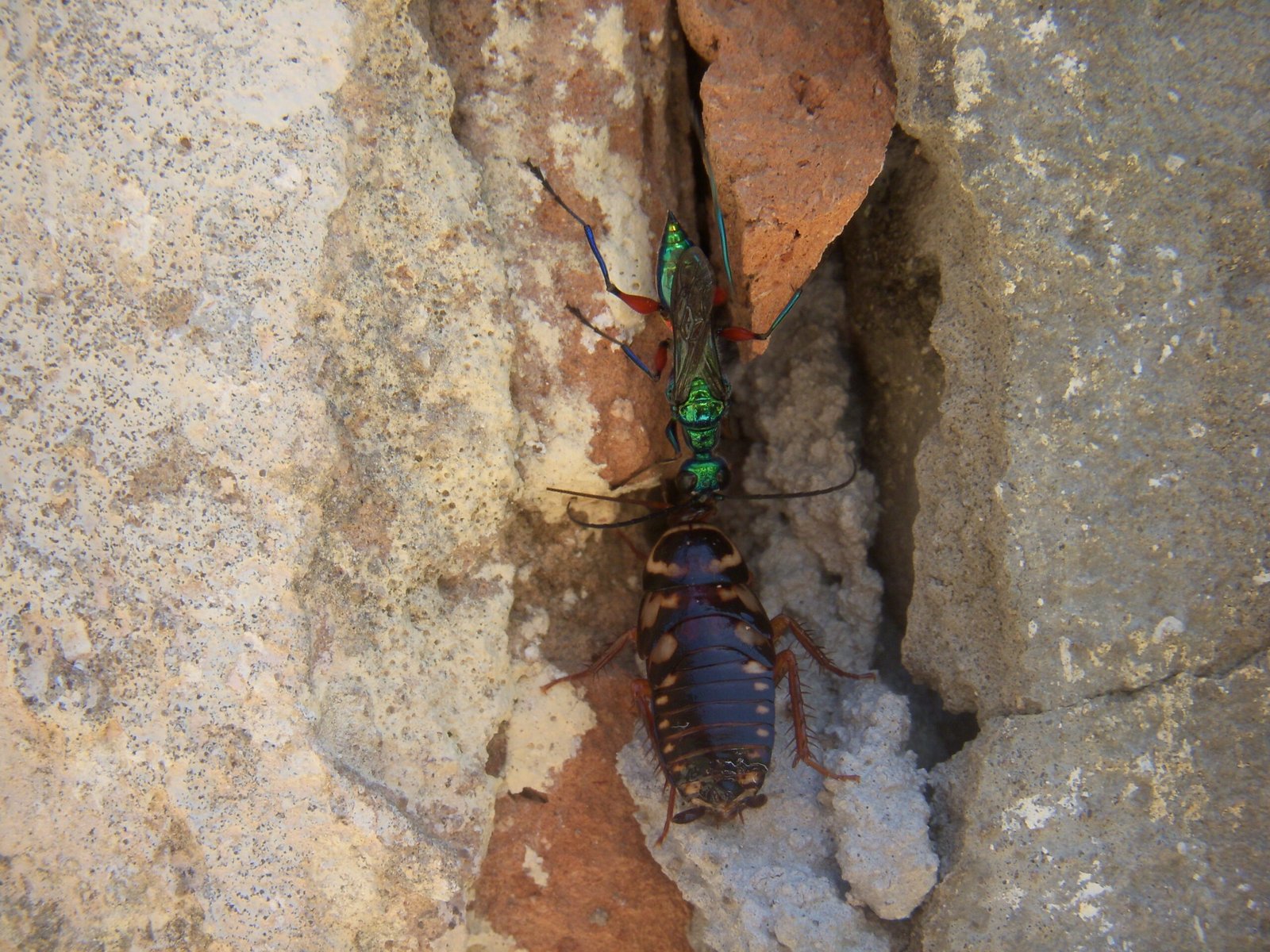
The mind-controlling tactics of the jewel wasp have inspired scientists, writers, and even filmmakers. They challenge our understanding of free will and consciousness, raising questions about what it means to be in control of our own actions. The wasp’s strategies have even been cited as inspiration for new approaches in neuroscience and robotics, where scientists look to nature for ingenious solutions to complex problems. This tiny wasp, through its bizarre life cycle, has become a symbol of nature’s creativity and unpredictability.
Nature’s Ultimate Shocker: A Final Thought
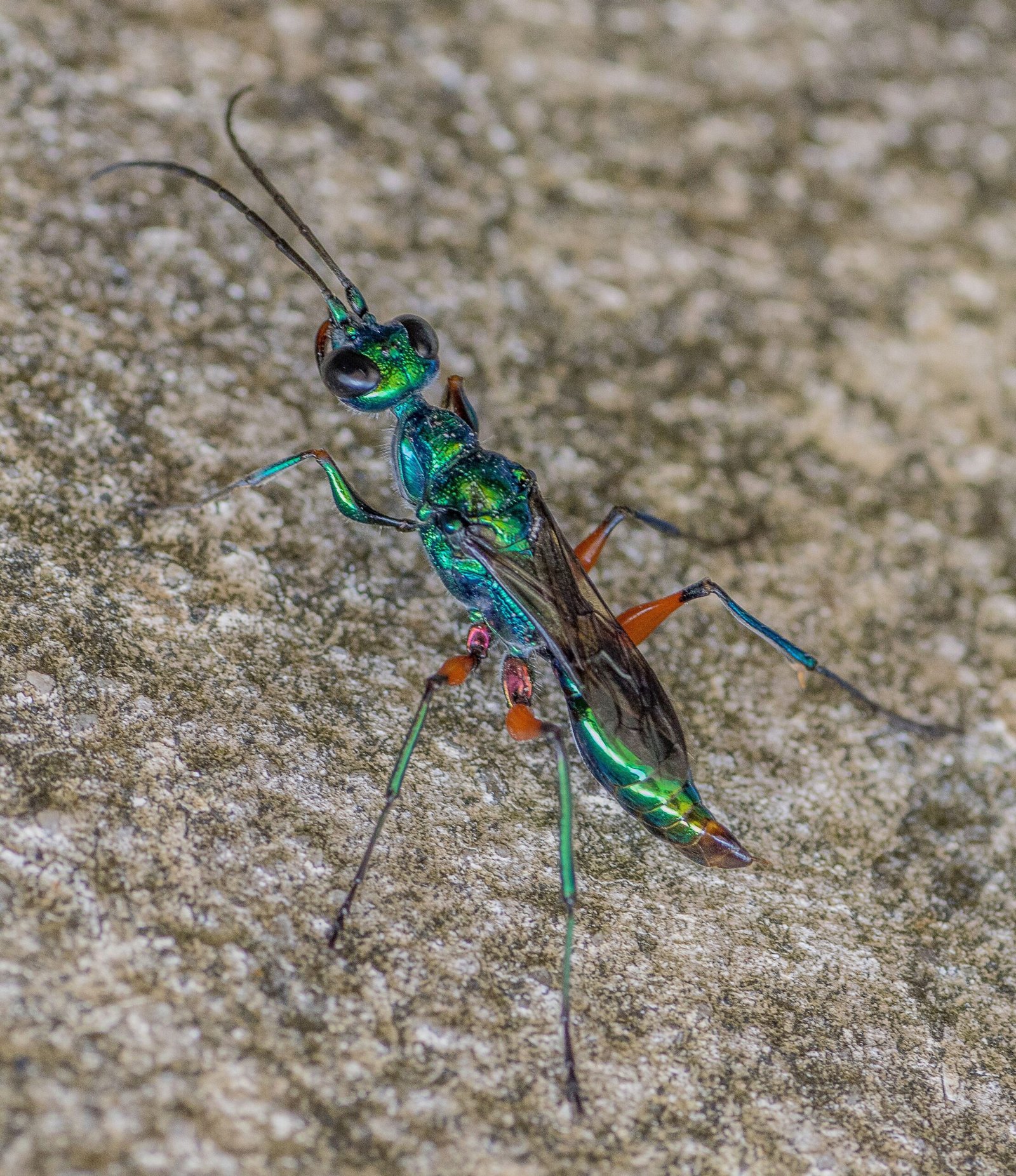
The emerald jewel wasp is a testament to the strange, beautiful, and sometimes terrifying complexity of the natural world. Its chilling method of turning cockroaches into mindless zombies blurs the line between science fiction and reality. It reminds us that even the smallest creatures can wield unimaginable power and reveals how much we still have to learn about life on Earth. Could there be other creatures out there with equally shocking abilities? The next time you see a cockroach, remember—nature’s most astonishing stories are often hidden in plain sight.


